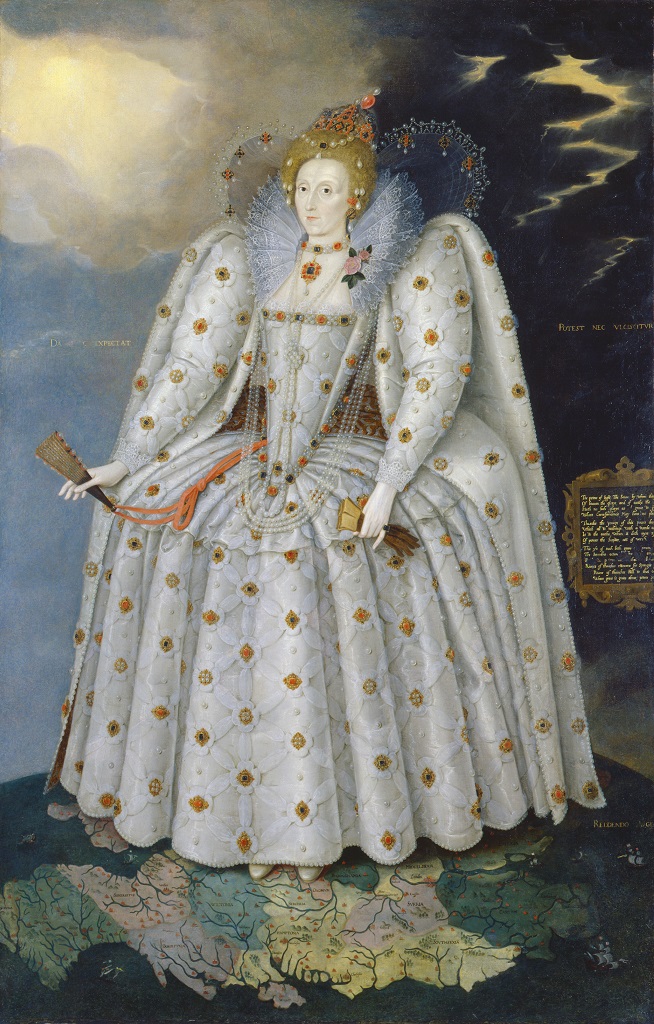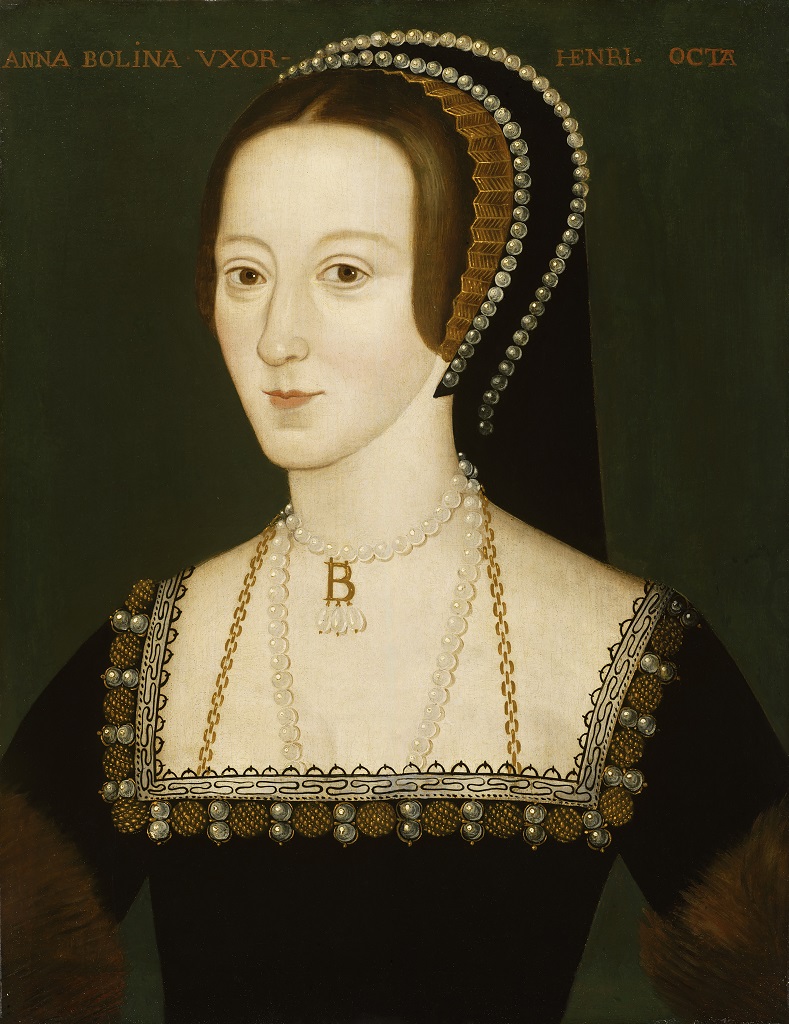
For some 500 years, portraiture has been one of the most important insights into a monarch’s role, as a new exhibition of royal portraits reveals
Words: Martha Alexander
As displays of royal power go, jewellery, ships, armies, colonies and palaces have their place but perhaps it is portraits that are the ultimate tool – both status symbol and personal publicist.
Having a painting of oneself is a regal rite of passage, a tradition that has been upheld generation after generation for some 500 years. Beyond demonstrating money and rank – and capturing a likeness – portraits became a way to shape how monarchs were perceived by their public.
“From their very origins, royal portraits have served different functions and have been adapted to meet particular needs,” says Kristian Martin, co-curator of the exhibition Tudors to Windsors: British Royal Portraits at London’s National Maritime Museum in partnership with the National Portrait Gallery. “Royal portraits were used as diplomatic gifts where they clearly expressed allegiance and loyalty or were important statements of eligibility and fecundity used in marriage negotiations between European royal houses.”
The exhibition explores the relationship between the British monarchy and portraiture, featuring some of the most famous paintings in the world by painters including Hans Holbein and Andy Warhol and spanning five royal dynasties. Each portrait tells an important story about the sitter’s personality, values and taste. There are no accidents or incidentals in royal portraiture. It is pure PR.
The Tudor period marked the start of the importance of royal portraiture in Britain. The oldest painting in the exhibition is the earliest known portrait of Henry VII, which was painted in 1505 by an unknown artist. It was part of a marriage negotiation with Margaret of Austria; notice his collar of the Hapsburg order of the Golden Fleece – this is a symbol of respect to Margaret’s family but ultimately his bid for her hand failed.

Queen Elizabeth I had numerous portraits painted of her – she was masterful when it came to managing her own image. “The use of symbolic language in royal portraits came to a zenith with the reign of Elizabeth I in the mid-16th century,” says Martin. “Her portraits are filled with symbols and motifs which provided subjects with a particular image and understanding of her. Elizabeth was in a relatively vulnerable position, as an unmarried woman without an heir. She was without parallel in Europe so relied on sanctioned portraiture to bolster her power, popularity and strength.”
The 1592 ‘Ditchley Portrait’ by Flemish artist Marcus Gheeraerts the Younger is one of the most impressive in Tudors to Windsors – enormous and physically imposing, it shows Elizabeth in a dress positively weighed down by jewellery, including pearls, a sign of virginity. “While many of the symbols and motifs are ‘hidden’ to us today, they would have been understood by her contemporaries,” explains Martin. “Another thing to look out for is the royal pose which is often replicated across time and dynasty to emphasise legitimacy and continuity.”
Elizabeth is standing on the globe, a clear message about her global power and dominance. However, there’s another major theme at play here: forgiveness, specifically the queen’s aptitude for it. The portrait was commissioned by Sir Henry Lee, one of Elizabeth’s favourite courtiers who found himself in her bad books for living with his mistress. In the portrait, it is telling that the queen looks to the clement weather, rather than the stormy sky. There are also several Latin inscriptions, such as “she can but does not take revenge”.

But the main sign that Sir Henry was forgiven are her toes: they point to Oxfordshire where his Ditchley home was. Queen Victoria’s official coronation portrait by Sir George Hayter is as traditional, opulent and grand as you might expect: robes and crown are resplendent under a shaft of light and the new queen looks upwards – to God or to the future or to both? The painting is full of optimism and idealism after centuries of discord in the royal family.
Queen Victoria ascended to the throne in 1937, two years prior to the advent of photography which meant she was the first royal to be captured by camera. She and her husband Prince Albert embraced photography and used it to give subjects a more intimate access to the royal family.
‘Tudors to Windsors: British Royal Portraits’ is at London’s National Maritime Museum until 31 October. For tickets and further information, see www.rmg.co.uk.





 © 2024
© 2024